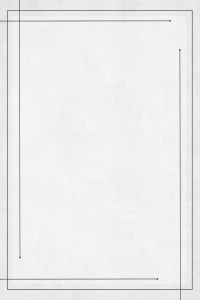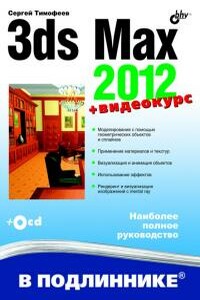The Official Radare2 Book | страница 62
| p2 [len] 8x8 2bpp-tiles
| p3 [file] print stereogram (3D)
| p6[de] [len] base64 decode/encode
| p8[?][j] [len] 8bit hexpair list of bytes
| p=[?][bep] [N] [L] [b] show entropy/printable chars/chars bars
| pa[edD] [arg] pa:assemble pa[dD]:disasm or pae: esil from hex
| pA[n_ops] show n_ops address and type
| pb[?] [n] bitstream of N bits
| pB[?] [n] bitstream of N bytes
| pc[?][p] [len] output C (or python) format
| pC[aAcdDxw] [rows] print disassembly in columns (see hex.cols and pdi)
| pd[?] [sz] [a] [b] disassemble N opcodes (pd) or N bytes (pD)
| pf[?][.nam] [fmt] print formatted data (pf.name, pf.name $
| pF[?][apx] print asn1, pkcs7 or x509
| pg[?][x y w h] [cmd] create new visual gadget or print it (see pg? for details)
| ph[?][=|hash] ([len]) calculate hash for a block
| pj[?] [len] print as indented JSON
| pm[?] [magic] print libmagic data (see pm? and /m?)
| po[?] hex print operation applied to block (see po?)
| pp[?][sz] [len] print patterns, see pp? for more help
| pq[?][is] [len] print QR code with the first Nbytes
| pr[?][glx] [len] print N raw bytes (in lines or hexblocks, 'g'unzip)
| ps[?][pwz] [len] print pascal/wide/zero-terminated strings
| pt[?][dn] [len] print different timestamps
| pu[?][w] [len] print N url encoded bytes (w=wide)
| pv[?][jh] [mode] show variable/pointer/value in memory
| pwd display current working directory
| px[?][owq] [len] hexdump of N bytes (o=octal, w=32bit, q=64bit)
| pz[?] [len] print zoom view (see pz? for help)
[0x00005310]>
Tip: when using json output, you can append the ~{} to the command to get a pretty-printed version of the output:
[0x00000000]> oj
[{"raised":false,"fd":563280,"uri":"malloc://512","from":0,"writable":true,"size":512,"overlaps":false}]
[0x00000000]> oj~{}
[
{
"raised": false,
"fd": 563280,
"uri": "malloc://512",
"from": 0,
"writable": true,
"size": 512,
"overlaps": false
}
]
For more on the magical powers of ~ see the help in ?@?, and the Command Format chapter earlier in the book.
px gives a user-friendly output showing 16 pairs of numbers per row with offsets and raw representations:


